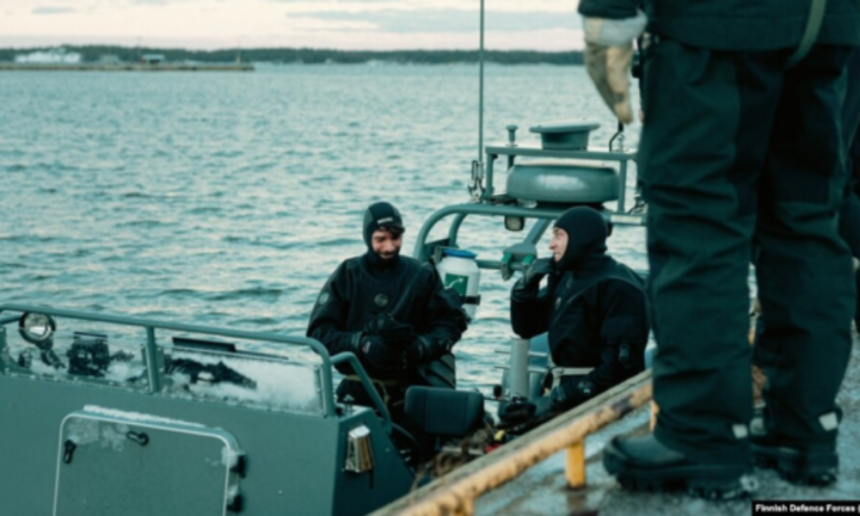As NATO continues to focus on Ukraine, it is increasingly confronted with hybrid attacks targeting its 32 member countries, originating from Russia, China, Iran, and North Korea. At a foreign ministers’ meeting in Brussels last week, a senior NATO official discussed “continuous and daily attacks” on NATO nations, including cyberattacks, political interference, attacks on critical infrastructure like subsea cables, and sabotage.
A recent example includes the damage to communication cables in the Baltic Sea, which some have suggested was sabotage.
Since 2016, NATO has declared that hybrid attacks against any of its member states may trigger actions under Article 5 of the Alliance’s treaty. This article states that an attack on one member may be considered an act of aggression against the entire alliance, prompting a collective response. However, the threshold for invoking this article is high. It has been used only once in NATO’s 75-year history, after the September 11, 2001, attacks in the United States, leading to the war in Afghanistan.
NATO officials acknowledge that hybrid attacks are complex and differ from conventional warfare. Traditionally, NATO focuses on defending external borders, but hybrid attacks often occur within allied countries and can take place on a regular basis. These attacks are often difficult to attribute, with many being carried out by private individuals. Even if they are traced back to Russia, concrete evidence to assign blame is hard to obtain. Furthermore, blaming Russia for every attack might not always be the smartest approach, as it could create unnecessary panic.
Many of these hybrid attacks target private companies, such as telecommunications operators that own subsea cables. NATO officials say these concerns are increasingly being addressed, as private operators lack the resources to protect their infrastructure and respond adequately.
So, what can NATO do? Following discussions among foreign ministers on December 4, there was agreement on sharing more intelligence, increasing maritime exercises, and boosting NATO’s presence in the Baltic Sea.
However, NATO officials are also aware of the scale of the task. There are over 1 million kilometers of subsea cables in NATO waters and around 50,000 vessels in European waters at any given time, making it virtually impossible to secure everything, even the most critical infrastructure.
Nevertheless, NATO is working on a new strategy to counter hybrid threats ahead of the 2025 Hague Summit. The current strategy, dating back to 2015, is outdated.
“This strategy didn’t anticipate the current level of threat. Cyber actions are on a different scale now, the number of threatening actors is higher, and the overall level of threat is much greater,” said a NATO official.







